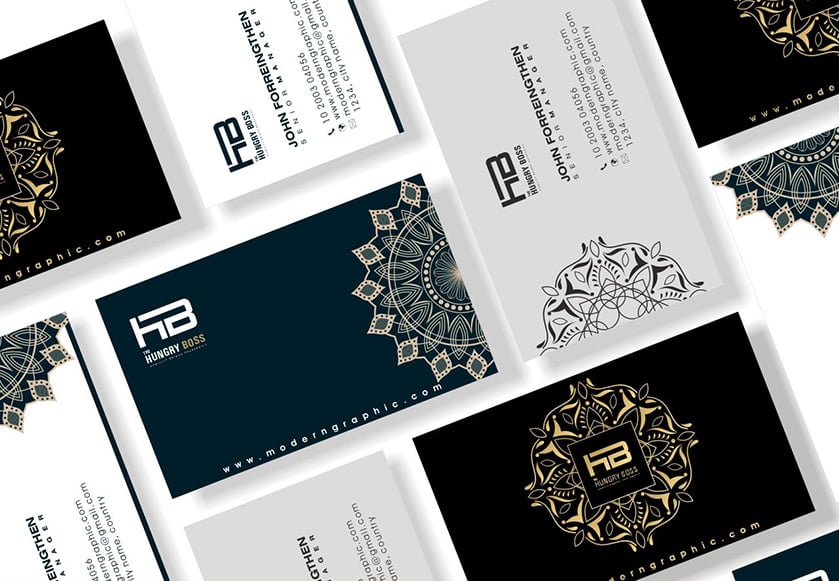
In this guide, we cover everything that should be included in your business card design. Be it an attempt by yourself or commissioning the services of a graphic designer. The design should mirror your personality and uniqueness. Lets discuss a few more things before getting stuck in!
Business cards are priceless and multi-purpose. Often seen as a sign of a legitimacy and professionalism. In short, business cards provide essential contact information and brand recognition. Spending a little time researching on design concepts will go a long way. After all first impressions make lasting ones.
Measuring 85 x 55mm, business cards are identical in size to credit cards. The most basic design will include the company name, logo and contact information. The overall design theme should compliment the rest of your stationery.
Regardless of your industry type or size, there are two key pre-design components. The final logo and the branding colour scheme. The company logo and colour scheme go together in creating the perfect brand. It will set the tone for your design layout.
One thing worth noting is deciding how to categorise your brand. What you want to communicate? And how you want your design to deliver your bottom line.
Take your time and don’t rush in to it. Look and analyse other designs, preferably from the same industry. The long-term benefits of this will out way the short-term. You want your business card design to be a true reflection of your personality and brand.
The most common types of business cards are printed on silk or uncoated without any options. If you’ve already decided on a cheaper economy type business card, you can skip to the second step. However, feel free to continue reading to learn about benefits of using the more ‘common’ business cards.
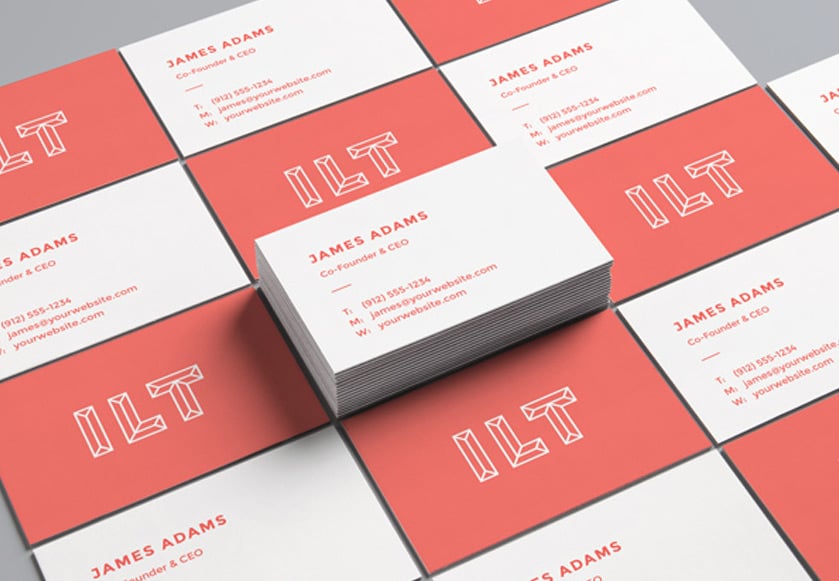
It is not absolutely essential to buy extra ordinary business cards. Especially in the case of a new business start-up. Investing in the design will have greater value than the stock its printed on, especially at the beginning if budget is tight. Our laminated business cards offer the best combination of cost and quality. We print these on thicker 450gsm silk stock to one or both sides. Available with a choice of gloss, matt or soft-touch laminated finishes. The laminated film not only protects the print from spills but has other benefits. These benefits are related to the design and colour scheme of the card.
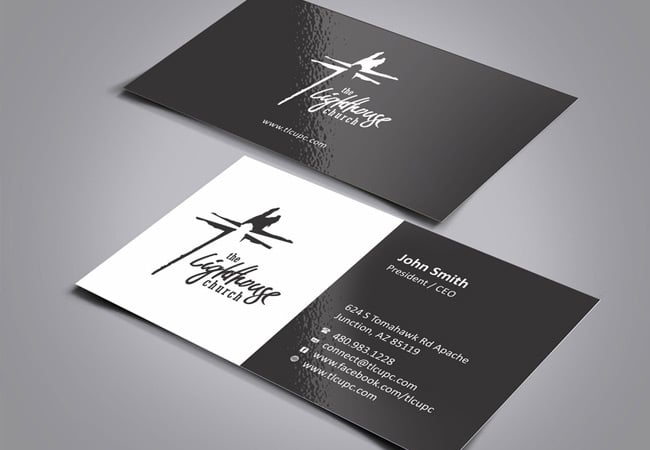
Gloss lamination reflects the light making colours look more vivid and richer. Matt lamination produces a lower contrast on dark colours. It does not reflect the light and gives the design a softer look. The soft-touch lamination makes the card feel extra smooth to touch. It also does not reflect light making it easy to read smaller text.
The most common size is 85 x 55mm. This is the UK and European standard. Same size as any credit card meaning it will fit any wallet or purse.
But if you want your designs to add further curiosity for your cards, maybe you’ll need to be more creative? What we mean is choosing a card size that is moving away from the norm! And we have just the thing! Our slim mini business cards measure 85 x 25mm and ideal for minimalist designs. Or maybe our square business cards measuring 55 x 55m that are ideal for craft businesses.
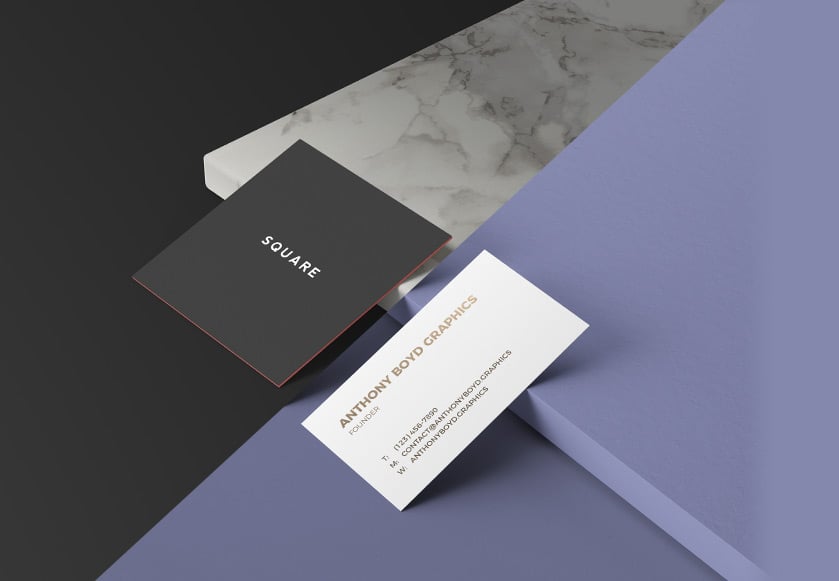
Regardless of the size, you’ll need to consider the 4 design factors below:
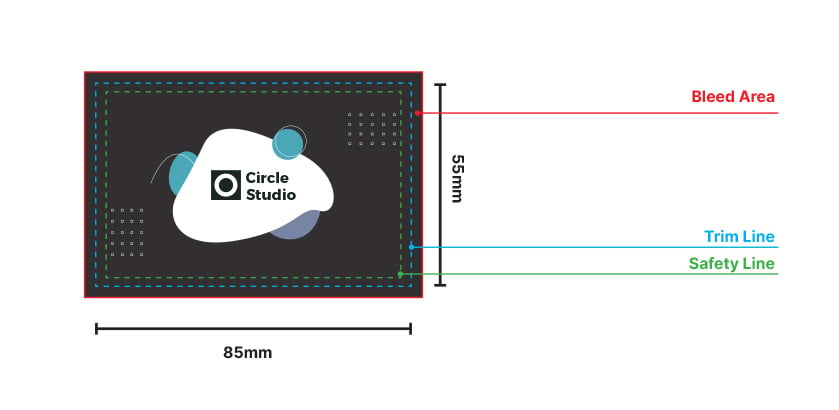
Lets start off with the visual aspects of the business card design, the logo. This the most important element of the design. As a result the rest of the design should compliment the logo.
One advice is to take advantage of both sides of the card. You could include the logo on its own one side to signify greater importance. And include contact information and key services on the other side. However, its good practice to include the logo on both sides of the card as the example below:
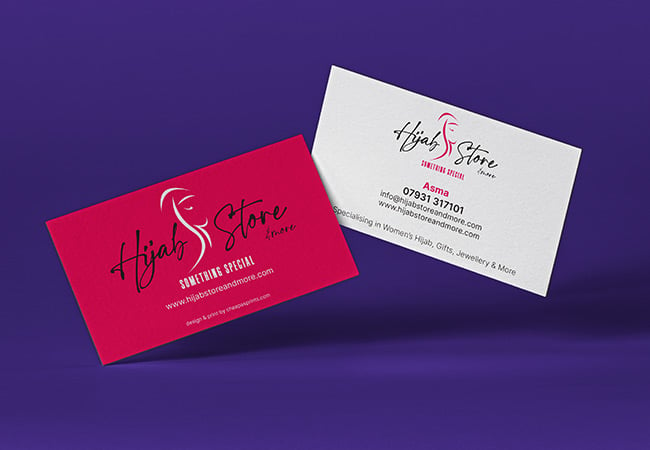
This is just our take on what we recommend. Feel free to explore with logo placement until you find your desired look.
Sometimes little is better. What we mean is to keep your business card design simple. If that doesn’t suit you, then you can include additional graphics to fill the empty spaces. This could be one or two images of your core services. Alternatively, you can expand your logo as a watermark as shown in the image below:

Adding extra images or re-emphasising your logo can add extra punch for your brand. If choosing to include images do make sure they are clear and obvious to everyone.
What text is included in your design will speak volumes about your personality. Freelancers working from home may not need a work address. While businesses with a premises will need to include it. You may use a bigger and bolder font for your website URL. Especially if you have an online store selling personalised printing for example. The point is to find out what is important to you and how to steer your audience towards it.
The list below shows the most common inclusions for your business card design:
By following the above list you are giving the best possible chance for holders to retain your business cards.
Once you have collated all your information, its time decide on how it’s going to look. With such a compact design area to work with, it’s important to make sure the text is completely legible.
Lets break this down into 3 topics:
Size. To maintain readability, make sure to use fonts greater than 7pts. Not all text on the card needs to be the exact same size. The size can be broken from least to most important elements. It’s also advisable not to over clutter the design. The cleaner and simpler the design, the more effective it will be.
Check out Creative Fabrica for awesome free fonts!
Font. Choose a font that best represents your brand and personality. With such a plethora of font types, it can be time consuming deciding on what works best for you. However, it is time worth investing. Using a good font checker like Dafont always helps, especially when its FREE.
Colour. Its best practice to use colours that represent your corporate identity. Whilst remembering that readability is just as important. Some colours may look good together but effect readability. It’s a good idea to experiment and get a second opinion from someone else.
The number rule for typography is to prioritize legibility above all else. Regardless of how artistic your font is, it is pointless if no-one can read it.
If budget is not a problem than consider the various stock and finishes available. The idea is beat competition and handout cards that speak volumes for your brand. Let’s explore some options:
Spot UV Business Cards. Add extra depth and shine to your designs with spot UV business cards! The process involves a clear, shiny coating applied to specific areas of the design. Ideal for designs that include large patterns or solid areas.
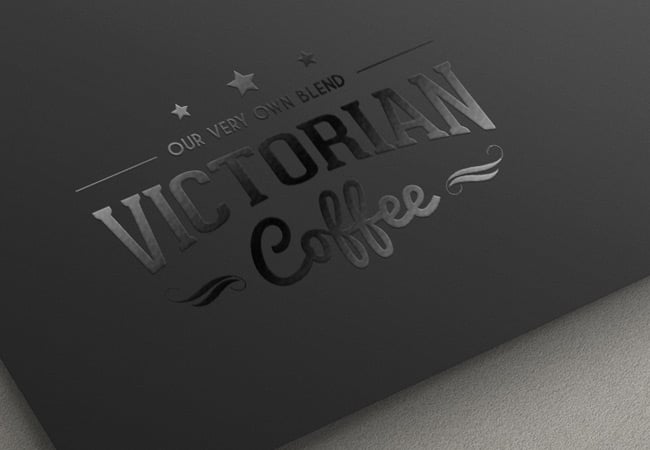
Triplex Business Cards. Deluxe cards that are almost 1mm thick! These super-thick cards are made up a colour core centre sandwiched between two cards. A great choice for creative individuals.
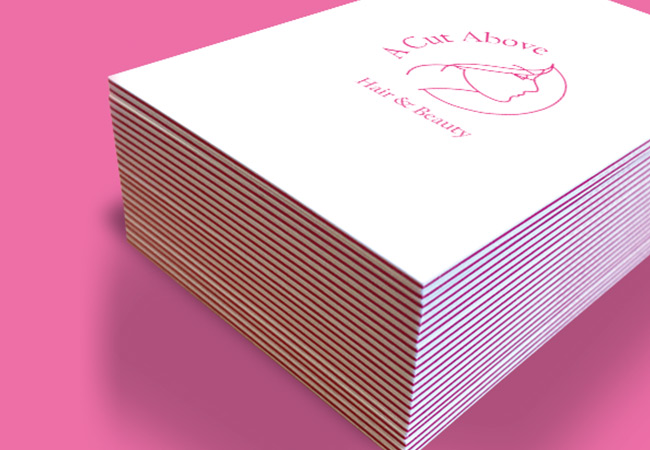
Kraft Business Cards. Add a vintage finish to your designs with Kraft brown business cards. Perfect for artisan businesses that want to represent a homemade feel.
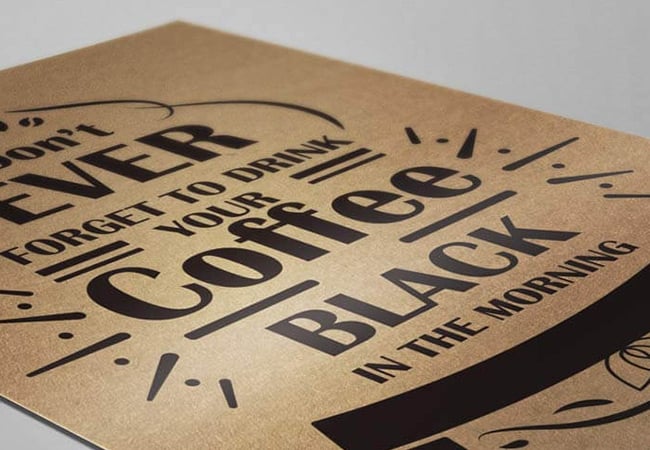
Pearl Business Cards. For vibrant and eye-catching designs pearlescent business cards provide just the thing! Ideal for fashion shops, salons, spas that want to add glitz and glamour to their designs.
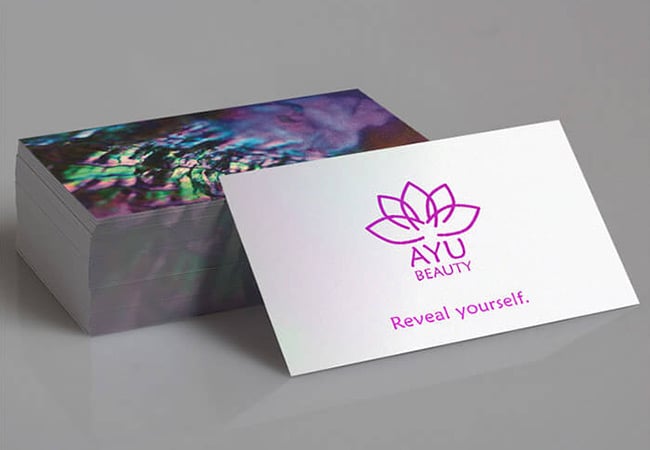
As part of our business card printing service we offer a wider range of cards and finishes. The above list is just a few great business card ideas.
It’s time to re-evaluate everything and go through the design checklist to make sure it all works.
Take a moment and examine the visual flow. A good flow begins with the brand logo and company name. Then the individuals name, title and contact information.
De-clutter any unwanted text and images. You want to include all the key details without confusing the holder. Sometimes including a service rating from recognised source like Trustpilot can make all the difference.
Be sure to double-check the colours? Do any of the colours clash? Is any text or any other element too close to the edge?
Save your file as a vector-based PDF. This will help in case you need to modify the size without distortion.
For best results, use the services of a designer. Experience is priceless. Putting an idea on paper is not everyone’s game, even if the tools are available. A good designer will listen to your requirements and deliver effective designs. Making sure its unique and reflects your services in a readable manner.
Unlock 5%! Subscribe & Save
Copyright © Cheap as Prints 2025
We use cookies to enhance your experience. By continuing, you agree to our Privacy Policy.
Select which cookies you want to allow:
Save 5% on your order when you subsribe to our newsletter.
One Comment-
In short, business cars provide essential contact information and brand recognition. In the introduction of your article there is a mistake Business cars instead of Business cards kindly correct .